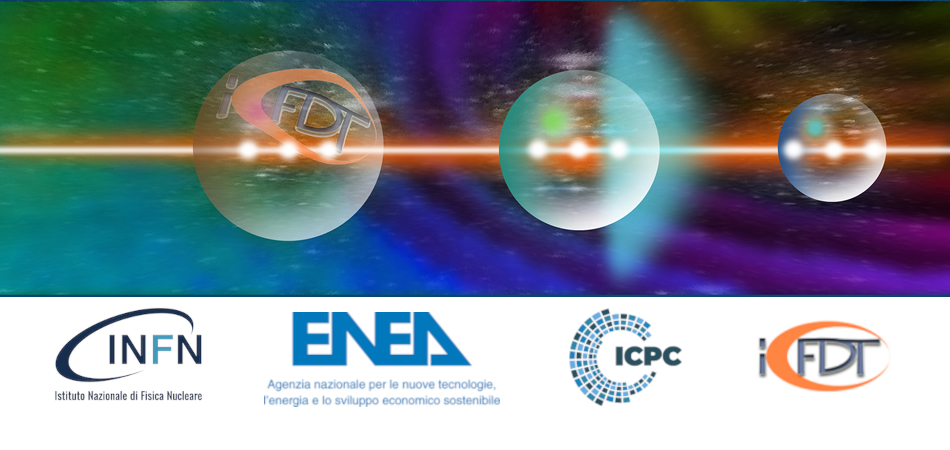Speaker
Description
The measurement of the radiation emitted by tokamak plasmas is essential for both control and the investigation of the physics. Radiation represents an energy loss, and its quantification is therefore crucial for power balance assessments. Localized plasma cooling can lead to anomalies in electron temperature, such as hollowness in the core or cooling of the edge, thereby causing instability and, eventually, disruptions. On the other hand, different highly radiative scenarios are being studied to reduce the thermal load on the plasma facing components. Consequently, many experiments are conducted in different machines for the control of the detachment and X point radiating regimes Therefore, understanding whether the plasma is emitting an acceptable level of radiation in any region of the cross section is indispensable.
The total radiation is measured with specific detectors called bolometers along defined lines of sight. The local emission from these integrated measurements is obtained with sophisticated tomographic algorithms, which are required to solve very ill-posed inversion problems. The maximum likelihood tomography is one of the most advanced techniques applied to the bolometric tomography in tokamaks. In this work the latest developments of the maximum likelihood algorithm are presented.
The accuracy and flexibility of the method are improved by substituting the traditional regularization techniques with suitable filtering. An adaptive procedure autonomously adjust the parameters to the radiation patterns, improving the capability of the technique to discover new physics. In addition the algorithms have been standardised and run systematically on large databases without the need for human intervention. Furthermore, the error estimation provided by the maximum likelihood is improved and validated with systematic Monte Carlo simulations. Last but not least, a matrix formulation of the problem allows reducing the computational times of orders of magnitude, making the approach suitable for real-time applications and opening new perspective to feedback control of the emitted radiation.
The performances of the new algorithms are compared with those of other methods reported in the literature with both synthetic and experimental data. The potential of the new algorithms is demonstrated with its application to the data of JET with a metallic wall, reconstructing the evolution of the emitted radiation in phenomena such as MARFE, temperature hollowness, detachment and disruptions

